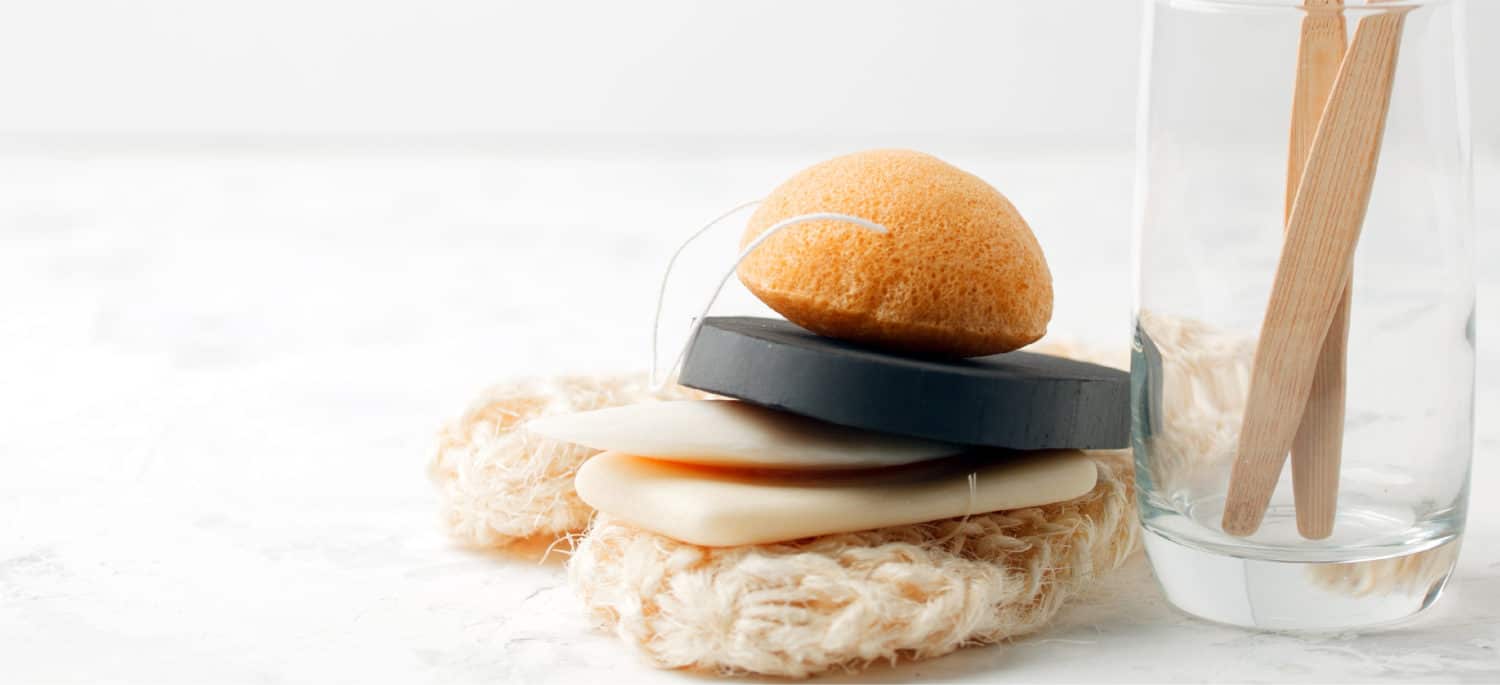This Dr. Axe content is medically reviewed or fact checked to ensure factually accurate information.
With strict editorial sourcing guidelines, we only link to academic research institutions, reputable media sites and, when research is available, medically peer-reviewed studies. Note that the numbers in parentheses (1, 2, etc.) are clickable links to these studies.
The information in our articles is NOT intended to replace a one-on-one relationship with a qualified health care professional and is not intended as medical advice.
This article is based on scientific evidence, written by experts and fact checked by our trained editorial staff. Note that the numbers in parentheses (1, 2, etc.) are clickable links to medically peer-reviewed studies.
Our team includes licensed nutritionists and dietitians, certified health education specialists, as well as certified strength and conditioning specialists, personal trainers and corrective exercise specialists. Our team aims to be not only thorough with its research, but also objective and unbiased.
The information in our articles is NOT intended to replace a one-on-one relationship with a qualified health care professional and is not intended as medical advice.
How to Use a Konjac Sponge (+ the Benefits for Skin)
September 5, 2019

The same plant responsible for the almost zero-calorie shirataki noodles and glucomannan supplement is also behind the konjac sponge.
These konjac-sourced products have been extremely popular in recent years, but the konjac plant actually has been used for centuries in Japan, China and Southeast Asia as both a source of food as well as a traditional medicine. And the sponges made from this plant are nothing short of a skincare game changer, according to some users.
The konjac sponge is a beauty tool loved for its ability to cleanse and exfoliate in a remarkably gentle yet effective way. In fact, this exfoliating sponge is so non-irritating that it works for any skin type, which isn’t surprising since some sources say it was actually first used in Japan to bathe babies.
What Is a Konjac Sponge?
A konjac sponge is a type of sponge made from vegetable fiber. More specifically, it’s made from the root of the konjac plant, which is native to Asia.
When introduced to water, a konjac sponge expands and becomes soft and somewhat rubber-like. It’s known for being extremely gentle.
It’s also biodegradable, which is great because konjac sponges are not meant to be used forever (recommendations vary between six weeks to three months max).
If you read a konjac sponge review, you’ll often see that people find these facial sponges to be very cleansing without leaving skin dry and tight.
What Does It Do? How Does It Work?
A konjac sponge is both a product and an applicator. After being saturated with water, it can be used alone, or it can be used with your favorite face wash.
Most konjac sponges come dry and hard, but some come already moist. If it’s dry, then you’ll need to soak the sponge first.
It will become softer and larger after soaking and be ready for use.
This naturally exfoliating sponge can be used with nothing other than water added. The other option is to apply face wash to the sponge and then massage your face with the sponge to cleanse skin and remove makeup.
How to Use a Konjac Sponge
How to use a konjac sponge isn’t difficult at all. Follow these simple steps:
- If it’s your first time using a konjac sponge, soak it in warm water until it fully expands. If it’s not the first time, then wet it well with running warm water.
- Remove excess water by lightly wringing it out. (Don’t twist or squeeze too hard because this can damage the sponge.)
- Use the sponge to cleanse your face with or without cleanser by massaging the skin in circular motions.
- After using the sponge on your face and/or body, rinse it thoroughly.
- Put the sponge somewhere well-ventilated (definitely not in the shower) to dry.
If you don’t have a good dry place to store your sponge in between usage, another option is to keep it in the refrigerator. After using and rinsing out your sponge, put in a sealed container and place in the refrigerator.
What Are the Benefits of the Konjac Sponge?
The konjac sponge can be used by all skin types.
Potential skin benefits of using a konjac sponge include:
- Cleansing in a gentle yet effective way
- Thorough removal of makeup
- Reduction of dry, flaky areas
- Brighter complexion
- Softer, smoother skin
Studies have also shown that konjac can inhibit the bacteria that leads to acne in vitro.
In addition to your face, you can use a konjac sponge all over your body. It’s also great for exfoliating the elbow area and tops of your arms, for example.
How Long Do Konjac Sponges Last
If you care for it properly, konjac sponges can last about four to six weeks, or longer. (Some makers say they can last two to three months.)
Since it’s made from natural plant fiber, it makes sense that this sponge’s life is shorter than a synthetic facial tool. An unopened and unused sponge can last about three years.
As with any sponge, you need to keep it clean to avoid bacteria buildup and prevent mold formation.
How do you sterilize a konjac sponge?
- Immerse your konjac sponge in very hot water for around three minutes on a weekly basis. Do not use boiling water because this can damage or deform the sponge.
- Remove it from the hot water carefully.
- Once cooled, you can gently ring out the excess water in the sponge and put in a well-ventilated area to dry.
Konjac sponges come in a variety of colors. For example, there is a black or dark gray version, which is typically a charcoal konjac sponge.
Other color options may include green or red. These variations can be the result of adding additional beneficial ingredients like charcoal or clay.
Other common beneficial ingredients that you may see added to konjac sponges included things like green tea, chamomile or lavender.
So how do you determine which sponge is right for you?
You can always choose the color you enjoy the most. But if you want a sponge tailored more to your needs and skincare goals, then this list can help guide you:
- Dark gray or almost black sponges often contain charcoal, which is a great ingredient for detoxification and skin prone to breakouts.
- White sponges can have no added ingredients whatsoever, or they may be infused with calming ingredients like chamomile. White sponges are suitable for all skin types and definitely ideal for sensitive skin.
- Green sponges with either green clay and/or green tea added are a good choice for oily or combination skin types.
- Pink or reddish sponges that have pink kaolin clay are typically recommended for normal, dry and/or mature skin.
It’s important to read ingredient labels carefully or even check with the maker of a sponge to see if the coloring is natural or artificial.
Risks and Side Effects
Never use a hard, dry sponge on skin. A konjac sponge always needs to be soaked in water before use.
Do not leave your konjac sponge in the shower or in a pool of water. When you’re not using it, leave it somewhere it can dry out as much as possible between uses.
If you don’t have an ideal dry location for storage, you can keep your sponge in the refrigerator in a sealed container between uses.
Clean your sponge regularly. Avoid twisting the sponge too hard since this can damage it.
Discard sponges after four to six weeks (possibly longer depending on the manufacturer or sooner if it shows any signs of bacteria or mold buildup, such as an unpleasant odor or discoloration).
If you find that using a konjac sponge for acne-prone skin makes breakouts worse or you experience any signs of irritation, discontinue use. However, irritation is not common since the sponges are so gentle.
Check with your dermatologist before using a konjac sponge for rosacea or other skin conditions, such as perioral dermatitis.
Final Thoughts
- Konjac sponges are made from the konjac plant root. They are a popular cleansing tool mainly used on the face, but they can also be used on any area of the body.
- As long as a manufacturer doesn’t add any unnatural ingredients, konjac sponges are 100 percent natural and plant-based.
- Konjac facial sponges come in a variety of colors, which are often the result of additional beneficial ingredients, such as charcoal, clay or tea.
- The best konjac sponge for you depends upon your skin type and skincare goals.
- Konjac sponge benefits include brighter, softer, smoother skin as a result of gentle yet effective cleansing and exfoliation.





